 |
| |

variation B
processing august, 2004 j.tarbell |
| |
 |
| |
 |
 |
 |
|
| |
250 x 250 pixels
73 orbitals |
500 x 500 pixels
200 orbitals |
900 x 900 pixels
500 orbitals |
|
 |
|
| |
The Orbitals is a collection of particles operating on one simple rule: choose another particle in the system and orbit it with a fixed radius at a constant velocity. This is variation B (see Orbitals Variation A).
In this variation, a single root particle is instantiated in the center of the stage. All other particles introduced to the system fall into orbit at some level. |
|
| |

0000 system of 500 orbital elements exposed over 400 years
|
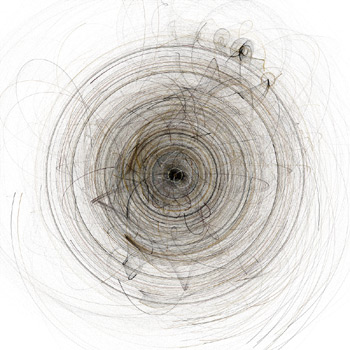
0001 system of 500 orbital elements exposed over 400 years |
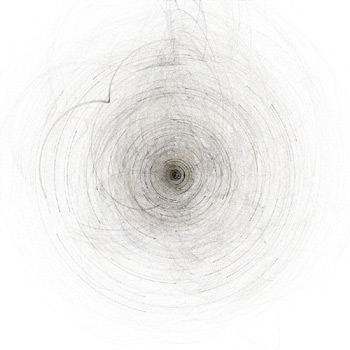
0002 system of 500 orbital elements exposed over 400 years |

0003 system of 500 orbital elements exposed over 400 years |
|
| |

1000 an orbital system far far away |
| |
| Initially particles orbit at a fairly fast velocity. Over time, they slow so that their positions, orbit paths, and parent connections can be clearly rendered. |
|
| |
|
| |
| It should be noted that this is nothing like an n-body system, where all nodes are affected by the presence of all other nodes. The term 'orbit' is being used only to describe the fixed circular motion each particle travels in a hierarchal system. |
|
| |
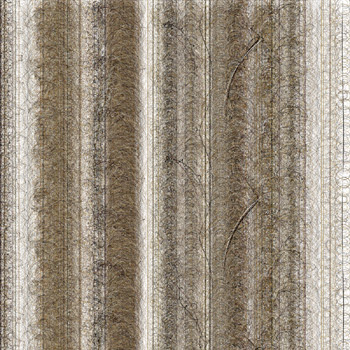
A1000 several root particles with vertical drag |
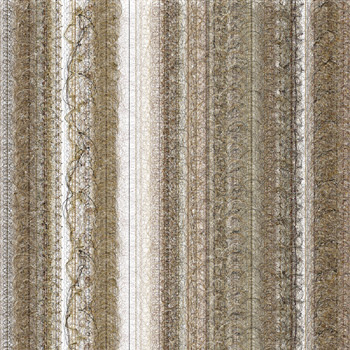
A1001 several root particles with vertical drag |
|
| |
A variation of the Orbitals (see Orbital Variation A) exists that uses several root nodes, and drags them vertically to transcribe complex circular patterns.
As kids we loved our Spirographs. |
|
| |
| |

